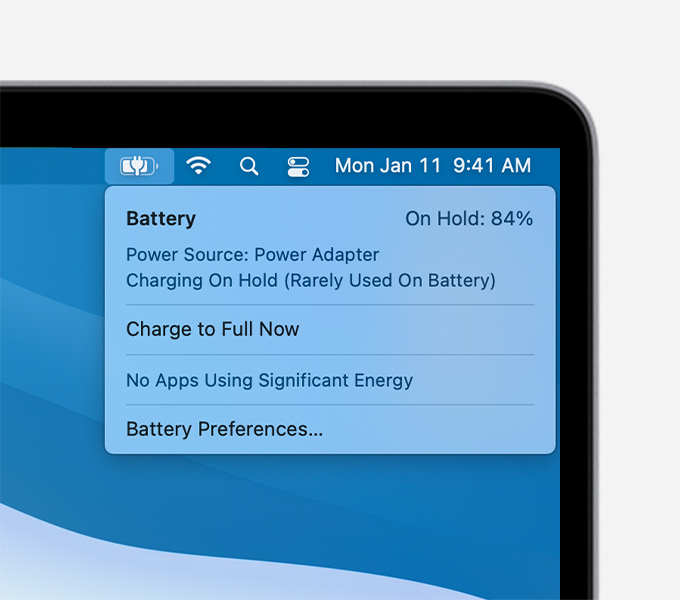

- #How to optimize my mac install#
- #How to optimize my mac windows 10#
- #How to optimize my mac Pc#
- #How to optimize my mac mac#
The best part of using Advanced System Optimizer? Well, you certainly don’t need to implement the following tips, tricks & tactics to boost Windows 10 Performance.
#How to optimize my mac Pc#
Regular Maintenance = To manage startup items, uninstall unwanted apps, and schedule automatic PC Cleaning as and when required.Common Issues Fixer = To eradicate common issues that hamper performance, remove duplicate files & get tips from experts to resolve common PC issues.Backup & Recovery = To safeguard confidential files & create a system restore point automatically.Security & Privacy = To remove browsing traces, permanently delete files & password-protect important data.Windows Optimizers = To enjoy the fastest gaming experience & manage allocated memory.Disk Cleaner & Optimizers = To manage disk space & eliminate redundant files.Registry Optimizers = To repair and optimize Windows registry for smoother performance.One-click fix = To enjoy a noticeable performance boost in one go.It’s not recommended to disable hibernation, but if you feel that it’s necessary, then do understanding the risk to any unsaved work. There is one thing you should keep in mind with this, however: hibernate mode only activates in certain scenarios and its frequency depends on your usage.

By default, the hibernate mode is set to “3” on MacBooks. You'll likely read on some blogs that turning off hibernation mode on laptops will optimize the SSD performance, but this is only party true: Apple designed hibernate mode to prevent data loss and it has three recommended settings. You'll feel the difference immediately after starting the machine. So, if you don't need to run a benchmark, just skip it. It may be tempting to quantify the speed improvements that an SSD brings but running various benchmarks just increases the number of writes and erases on the flash storage, which will obviously eat into its limited write cycle count. Keep in mind, though, that you will need to manually select “Backup now” each time you connect the Time Machine disk to your Mac. To do so, simply turn off Time Machine's automatic backups. This is why it is wise to simply disable local snapshots. Since local snapshots fill up the startup disk, macOS starts to delete them, which increases the number of writes that occur and therefore shortens the SSD's lifespan.
#How to optimize my mac install#
Local snapshots occupy too much precious storage space and may even interfere with plans to install Windows on a Mac, but the real catch is that macOS doesn't show how much space local snapshots are using and therefore makes it hard to figure out how much free space you have on the machine.Īlso, keep in mind the limited number of write (P/E aka program/erase) cycles that SSDs have, which is usually around 10,000. Turn Off Local SnapshotsĪlthough this is a neat feature of Time Machine, it is worth disabling unless you depend on local backups you. Unless you need to access these libraries on a daily basis, simply drop them on an external drive and keep that device to hand. Photographers and video professionals can obviously skip this part, but the rest of us general users tend to store massive amounts of photos and videos that quickly fill up the limited space of the SSD. The same goes for large files or folders, particularly videos and the Photos or iTunes library that occupy huge chunks of space but aren’t needed immediately. If not, then review them manually and copy only those that you really need.
#How to optimize my mac mac#
If you have iCloud enabled, this will be a seamless transition because all your files saved in iCloud Drive will appear on your refreshed Mac after signing in with your Apple ID. The same approach applies for files and folders, too. Apps you never really used, huge mailboxes, that massive downloads folder you never cleared out will all get carried over this way, not to mention the cache files and junk data that had built up during the years of using the system.Īlthough it takes more time, the best way to maintain peak performance of your Mac and its new SSD is to carefully consider which apps you want to install. The problem with this approach is that while you will get all your files and apps back, you’ll also inherit the old system's space-hogging legacy elements. That's not the best way to get the most out of your SSD.


 0 kommentar(er)
0 kommentar(er)
